Designing for Resilience in a Fire‑Prone World
Wildfires are reshaping the way architects approach building design. With increasingly intense and frequent fires, the focus on resilient building and climate‑adaptive design has never been more critical. Incorporating fire‑resistant materials and innovative construction methods is essential for protecting structures and communities.
The role of fire safety in hardening homes
Hardened homes are built to resist the challenges of wildfire‑prone areas. From selecting ignition‑resistant materials to thoughtfully planning defensible spaces, every element counts in mitigating fire risks. Utilizing fire‑resistant materials like TimberTech Decking and TimberTech Cladding can make all the difference during a wildfire event.
For architects, this means integrating solutions that slow flame spread, resist ignition, and combat one of wildfire's biggest dangers—flying embers. Non‑combustible products, like TimberTech Aluminum Framing, Fulton Rail®, and Impression Rail Express® are standout choices for fire‑sensitive zones.
To learn more about hardening homes and wildfire safety recommendations, visit AIA California and CAL FIRE
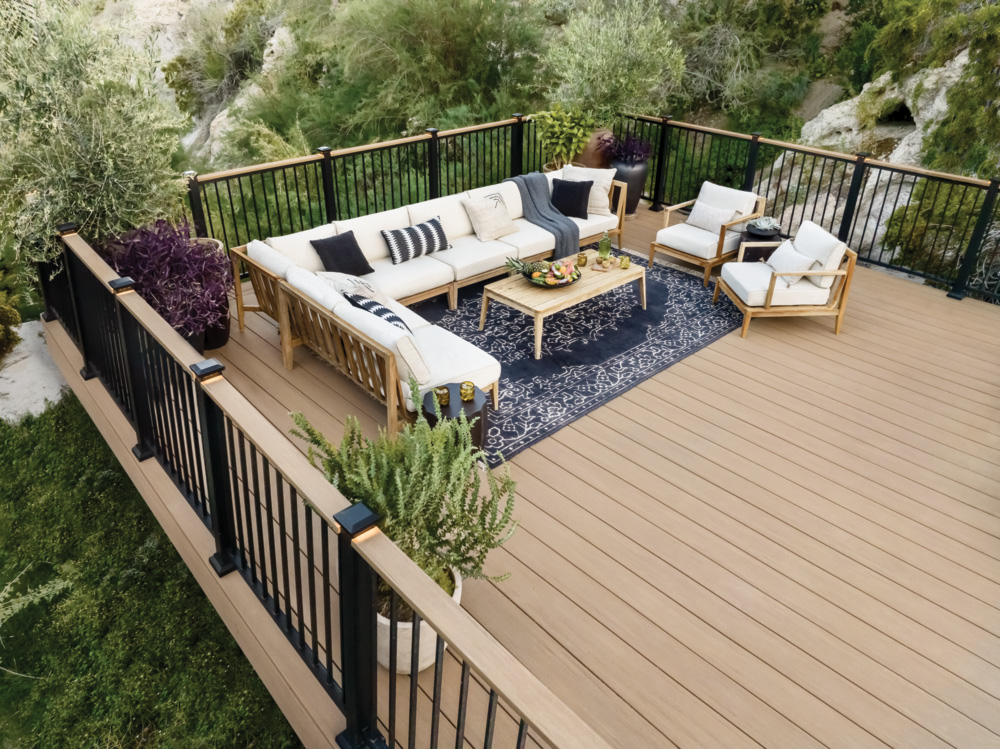
Proven Fire Resistance
In a third-party burner test against leading competitors, TimberTech Advanced PVC Vintage Collection underwent prolonged flame exposure with less flame spread and damage. Unlike the other boards, it quickly self-extinguished when the flame was removed.
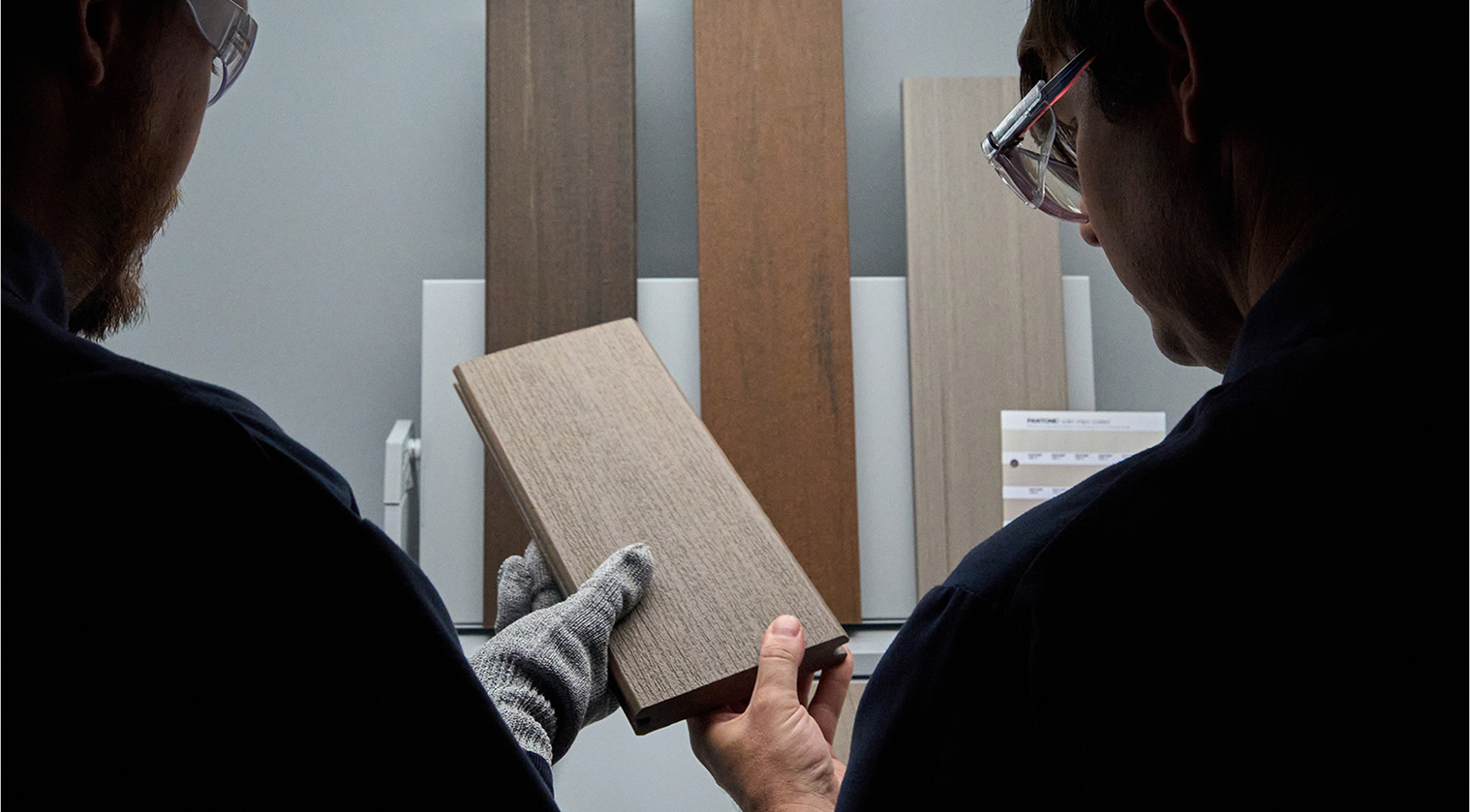
Climate adaptive design with the azek company
Climate adaptive design is critical as environments change. TimberTech, AZEK Exteriors, and StruXure lead innovation in better‑performing materials with superior aesthetics and performance. By engineering products with recycled content and cutting‑edge material technology, our solutions offer architects the ability to design for the future while maintaining aesthetic integrity.
TimberTech Advanced PVC Vintage and Landmark Collections showcase how sustainable innovation meets performance. These products mimic the beauty of wood while delivering fire resistance, making them ideal for architects prioritizing resilient building in fire‑sensitive regions.
Ignition resistant properties
Reduce the risk of catching fire from flying embers.
Class A Flame Spread Rating
The best rating available, signifying a material with the highest resistance to flames.
HIGH PERFORMANCE SYNTHETIC MATERIAL
With no organic material, it's highly resistant to moisture damage like mold and mildew and won’t splinter, crack, peel or rot, making it a superior choice for coastal and wet environments.
Sustainable design
Products made with recycled content, eco‑friendly manufacturing processes, and a lower lifecycle carbon footprint compared to ipe.
Key Fire‑Resistance Testing Standards For Building Materials
Protecting homes in wildfire‑prone areas means using materials that meet rigorous fire‑resistance standards. These tests ensure building products perform under conditions of intense heat, flame, and ember exposure. Each test applies to different aspects of fire resistance, from flame spread and ignition resistance to endurance under prolonged heat.
ASTM E84 - Surface Flame Spread Test
Purpose
Evaluates how flames spread across the surface of materials.
Method
Materials are placed in a tunnel furnace, and a controlled flame is introduced to measure the speed and distance of flame spread over a 10‑minute duration.
Results
Results are categorized into three flame spread classes:
Class A: Flame spread 0-25 (highest fire resistance)
Class B: Flame spread 26-75
Class C: Flame spread 76-200
ASTM E2768 – Extended Burning Characteristics (30‑Minute Tunnel Test)
Purpose
Examines ignition resistance and flame spread over an extended period.
Method
Materials are placed in a tunnel furnace, and a controlled flame is introduced to measure the speed and distance of flame spread over a 30‑minute duration.
Results
Pass/Fail, focused on low flame spread and minimal combustion over time, critical for decking and other exterior surfaces.
ASTM E2632 – Under‑Deck Flame Impingement Test
Purpose
Tests how well decking materials resist sustained flames from beneath.
Method
A flame is placed beneath a deck assembly for a specific duration, simulating real‑life wildfire exposure.
Results
Pass/Fail based on material integrity and ignition resistance. This test is crucial for evaluating materials used in elevated decks and balconies.
ASTM D635 – Burning Rate of Plastics
Purpose
Determines the rate at which plastic materials burn.
Method
A flame is applied to one end of a plastic specimen to measure how fast the flame spreads.
Results
Results are in terms of burning rate, typically expressed in millimeters per minute. Material may qualify as “self‑extinguishing” if it ceases to burn after the flame is removed.
ASTM E119 – Fire Endurance Test
Purpose
Assesses the ability of materials and assemblies (walls, floors, roofs) to withstand prolonged fire exposure.
Method
A material or assembly is subjected to direct fire exposure for set durations, measuring heat transfer and structural integrity.
Results
Assigned based on time duration of endurance, such as 1-hour, 2-hour, or 3-hour fire‑rated assemblies.
Wildland‑Urban Interface (WUI) Compliance
Purpose
Certifies materials suitable for wildfire‑prone areas.
Method
Materials must pass multiple fire‑resistance tests, such as ASTM E84 (surface flame spread), ASTM E2632 (under‑deck flame impingement), and ASTM E2768 (ignition resistance).
Results
Approved materials are listed as WUI‑compliant to meet local building codes like California Chapter 7A.
For more information on wildfire‑resistant design, explore these trusted sources:
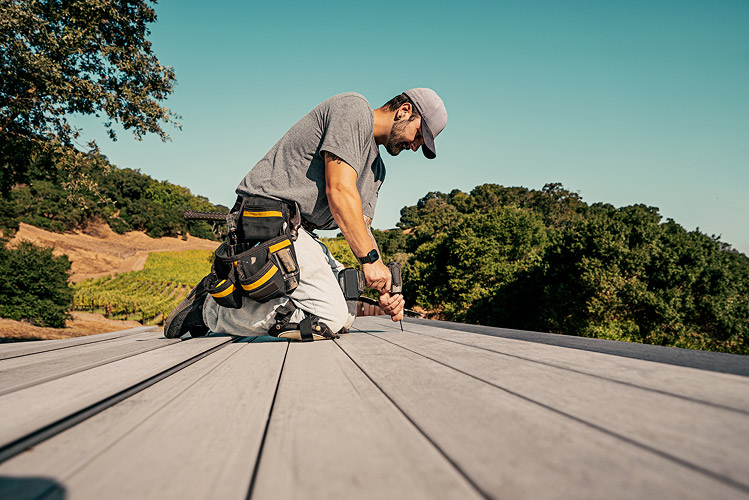
Building resilient communities
The intersection of resilient building and climate adaptive design goes beyond materials. It’s about creating entire systems engineered for safety, beauty, and sustainability. By leveraging products like AZEK Exteriors Trim & Moulding and TimberTech Decking, Aluminum Framing, and Cladding, architects can harden homes and design future‑ready projects—all while meeting high aesthetic and environmental standards.
Fire‑resistant building solutions from the AZEK Company
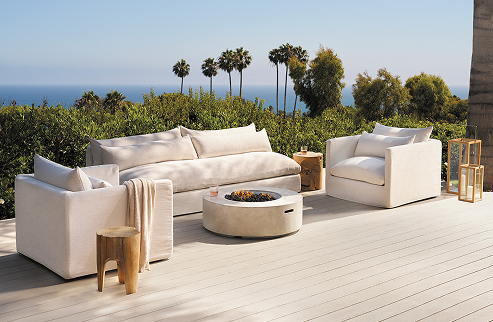
Advanced PVC Decking
Our Vintage and Landmark Collections combine fire‑resistance and enduring beauty for projects in fire-prone areas.
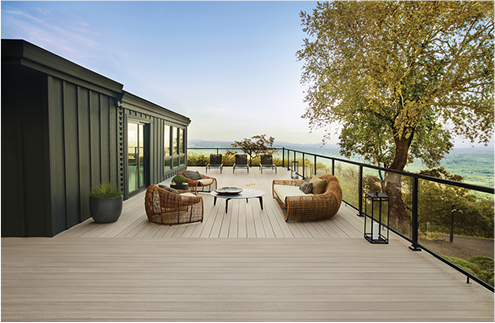
Railing
Engineered for performance, steel Fulton Railing and aluminum Impression Rail Express resist fire while adding a sophisticated touch and enhanced protection.
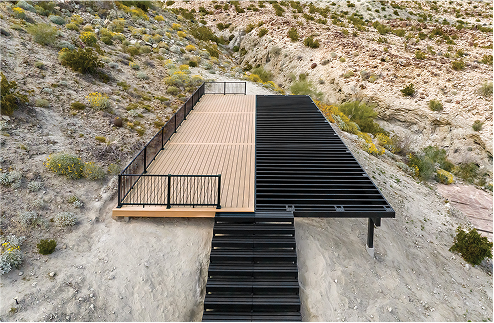
Aluminum Framing
Built to last, TimberTech Aluminum Framing ensures long‑term stability while meeting the demands of extreme conditions.
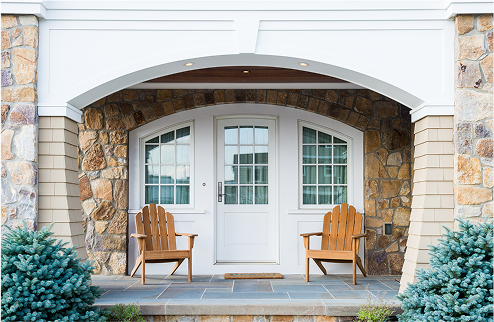
Trim & Moulding
AZEK Trim and Moulding help harden homes against fire risks while providing a polished finishing touch.
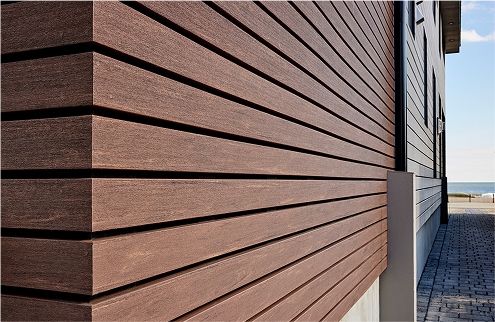
Cladding
TimberTech Cladding pairs top‑rated fire resistance with a natural wood aesthetic.
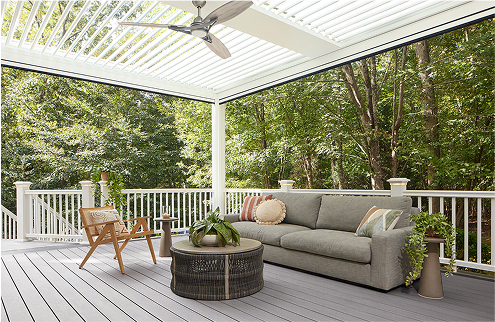
Pergolas and Cabanas
Durable StruXure powder‑coated aluminum products deliver fire resistance while elevating outdoor spaces.








